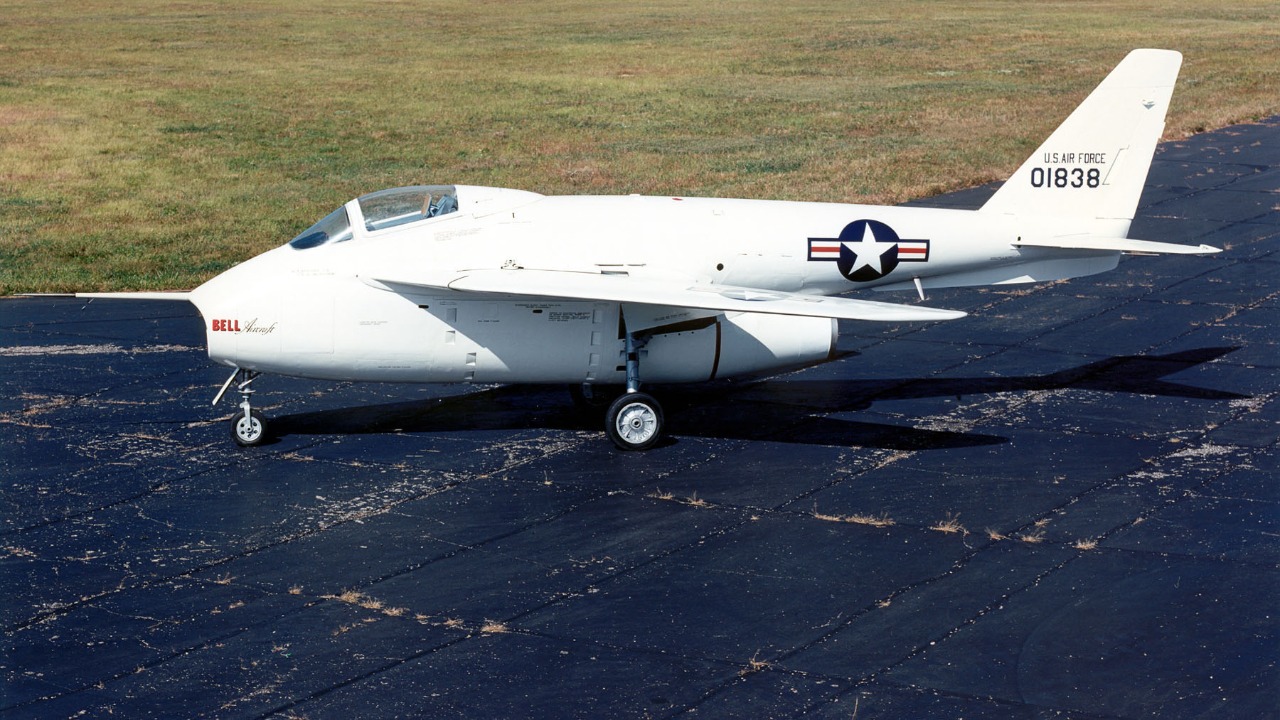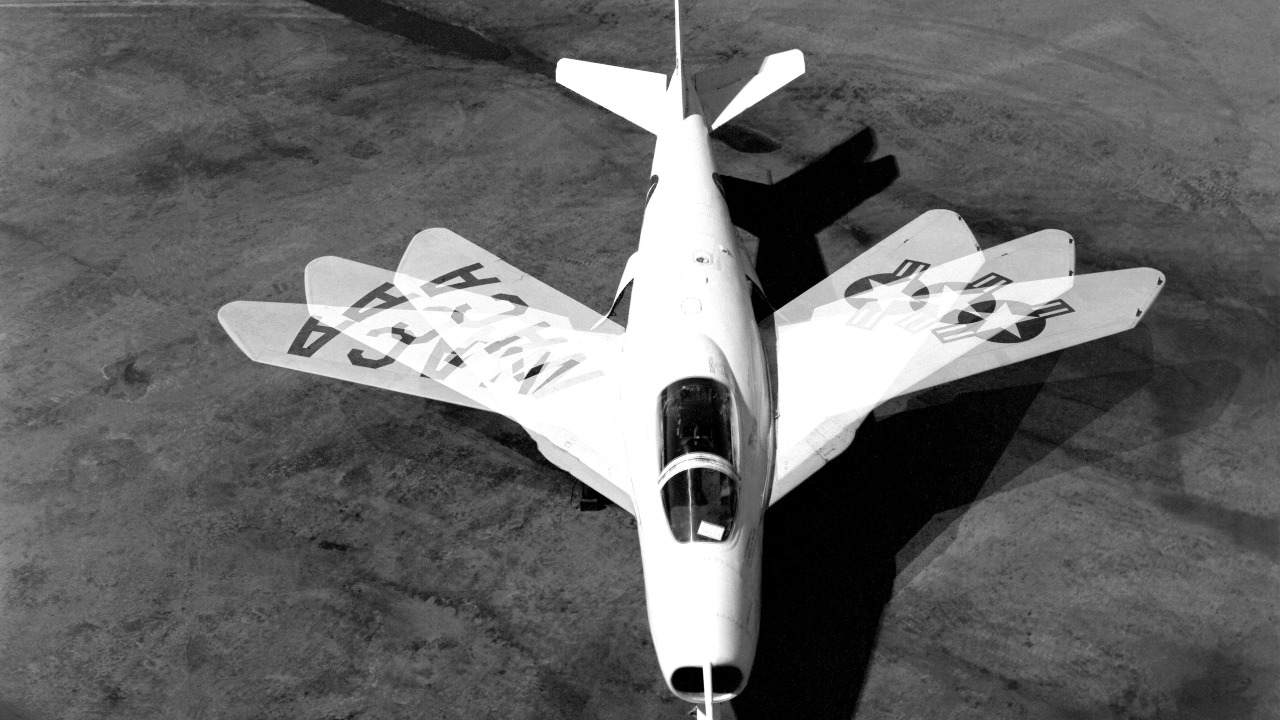
The Bell X-5, an innovative U.S. jet, emerged from the post-World War II era, incorporating advanced technologies developed by Nazi Germany. This aircraft was not only a testament to the rapid technological advancements of the time but also a symbol of the complex ethical dilemmas faced when utilizing enemy innovations. Its development and deployment played a significant role in shaping aviation history, highlighting the intersection of technological progress and moral considerations.
The Origins of the Bell X-5

In the aftermath of World War II, the United States embarked on an ambitious project to acquire and integrate advanced German technologies. One of the most significant initiatives during this period was Operation Paperclip, which aimed to recruit German scientists and engineers, many of whom had been involved in the Nazi war effort. This operation not only provided the U.S. with access to groundbreaking technologies but also raised ethical questions about the use of enemy expertise in peacetime.
The Bell X-5’s development was heavily influenced by the Messerschmitt P.1101, an unfinished German jet design that had the potential to revolutionize aircraft performance. The P.1101 served as a blueprint for the X-5, providing the foundation for its innovative features. By examining the P.1101’s design, American engineers were able to incorporate its advanced concepts into the X-5, transforming it into a pioneering aircraft.
Key figures in the development of the Bell X-5 included a mix of American and former German engineers. These individuals played a crucial role in adapting and improving upon the original German designs. Their contributions were instrumental in bringing the X-5 to fruition, highlighting the collaborative nature of technological advancement, even in the shadow of conflict.
Innovative Features of the Bell X-5

One of the most revolutionary aspects of the Bell X-5 was its variable-sweep wing design. This feature allowed the aircraft to adjust its wings in flight, optimizing performance for different speeds and altitudes. The ability to alter wing angles was groundbreaking and set the stage for future aircraft designs, proving essential for both military and commercial aviation.
Furthermore, the Bell X-5 contributed significantly to advancements in aerodynamics. By testing and refining the variable-sweep wing concept, engineers gained a deeper understanding of high-speed flight dynamics. This knowledge was crucial in the development of supersonic jets, which would later become a staple of military aviation during the Cold War era.
The testing and performance of the Bell X-5 were closely monitored, with numerous test flights conducted to evaluate its capabilities. Compared to contemporary aircraft, the X-5 demonstrated superior performance, showcasing the potential of its innovative design. These test flights not only validated the effectiveness of the variable-sweep wing but also provided valuable data for future aircraft development.
Ethical and Political Implications

The development of the Bell X-5 raised significant ethical questions regarding the morality of utilizing enemy technology. In the post-war context, many debated whether it was appropriate to benefit from innovations developed by the Nazi regime. These discussions highlighted the complex interplay between ethical considerations and the pursuit of technological superiority.
The Bell X-5’s development also had a profound impact on Cold War aviation. By incorporating advanced German technologies, the U.S. military was able to gain a technological edge over its adversaries, fueling the arms race that defined much of the twentieth century. The X-5, along with other projects, played a pivotal role in shaping the trajectory of military aviation during this period.
Public perception and secrecy surrounding the Bell X-5 were carefully managed by the U.S. government. The origins of the X-5’s technology were not widely publicized, and efforts were made to downplay the extent to which enemy innovations had been incorporated. This approach reflected the sensitive nature of the project and the need to balance transparency with national security concerns.
Legacy and Impact on Modern Aviation

The legacy of the Bell X-5 is evident in numerous modern aircraft designs that have been influenced by its technological breakthroughs. The variable-sweep wing concept, initially tested and refined in the X-5, has been adopted in various aircraft, including the F-14 Tomcat and the B-1 Lancer. These adaptations demonstrate the lasting impact of the X-5 on contemporary aviation.
In historical context, the Bell X-5 occupies a unique position in the annals of aviation history. It represents a critical juncture in the development of aerospace technology, bridging the gap between wartime innovations and peacetime advancements. The X-5’s contributions to aviation cannot be overstated, as it laid the groundwork for future developments in both military and commercial aircraft.
The development of the Bell X-5 provides several important lessons about innovation, ethics, and international collaboration in technology. It underscores the potential of cross-cultural exchanges in advancing scientific knowledge while also highlighting the ethical dilemmas that can arise in the pursuit of technological progress. As we reflect on the X-5’s impact, it is essential to consider these lessons and their relevance to contemporary discussions about the role of technology in society.